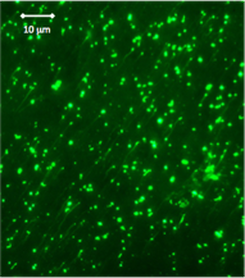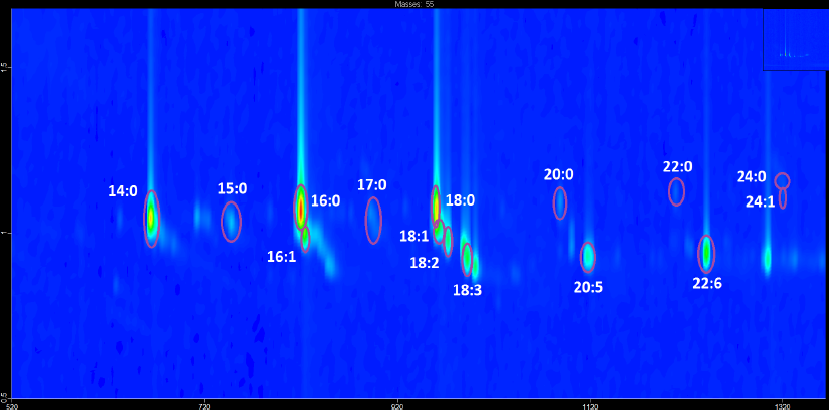Research Interests
|
|
|
I am interested in the biological, chemical, physical, and social processes influencing the fate, transport, and ecological impact of energy (i.e., biota biomass) and chemical contaminant mixtures through urban streams and rivers. By advancing our collective knowledge in this field of research, we can provide tools for water managers on the city, state, federal, and international level to protect water resources, which are critical for humans and wildlife.
My research interests and methods are informed by prior work with science policy researchers and officials, studies in the field and laboratory, and collaboration with community stakeholders. Below is a short overview of my research projects. |
|
Collaborators (current and future!) are encouraged to visit this page to locate all data, code, methods for my dissertation research.


